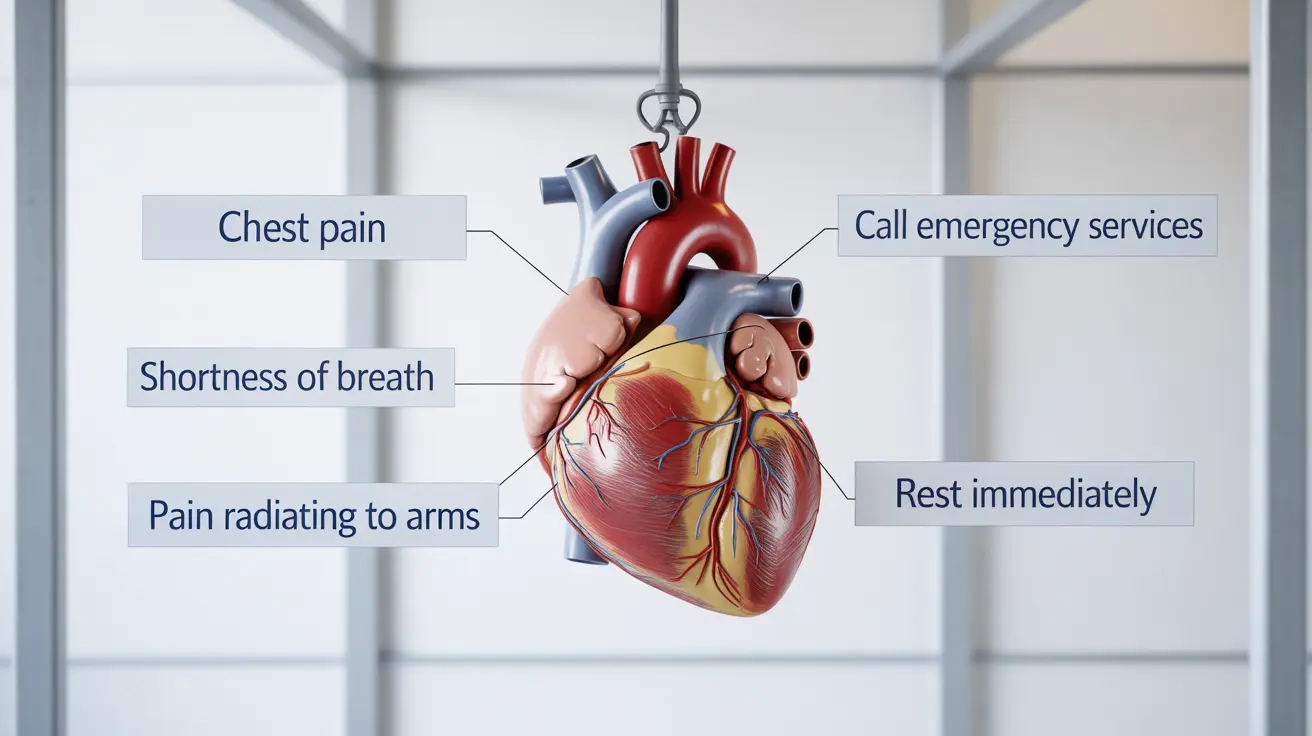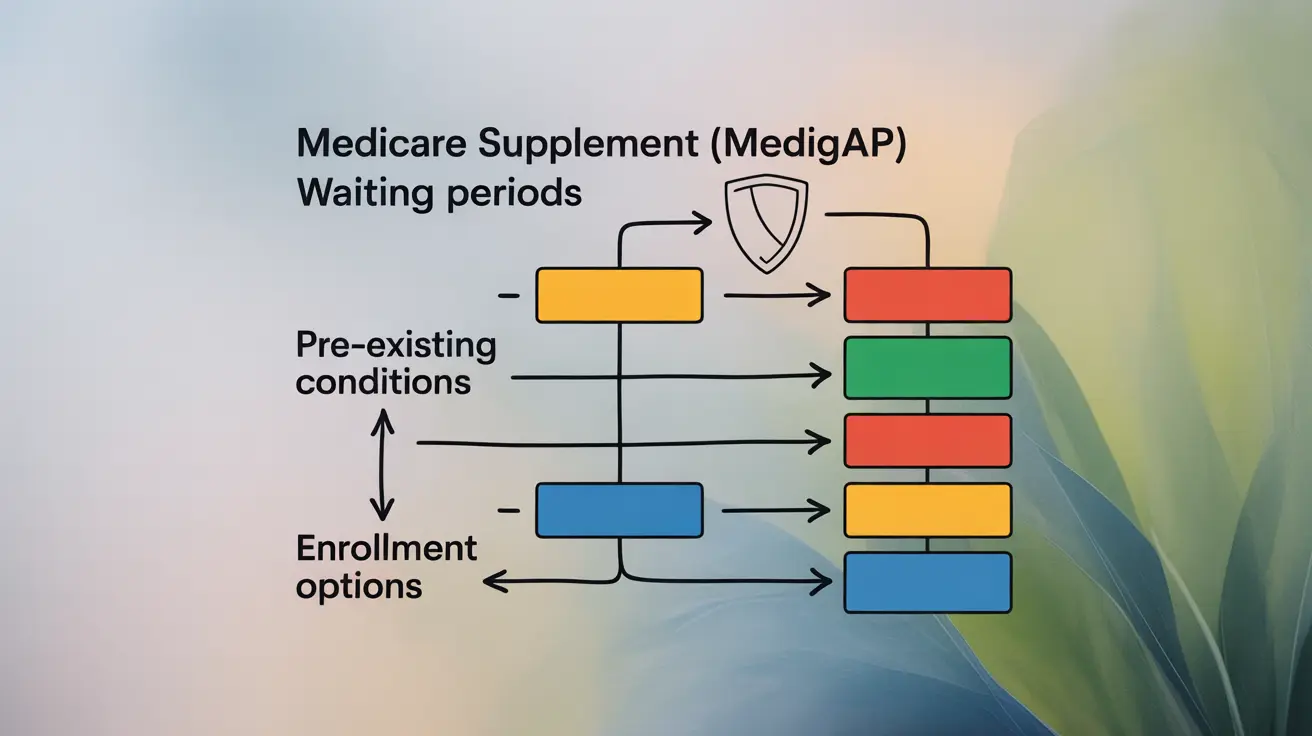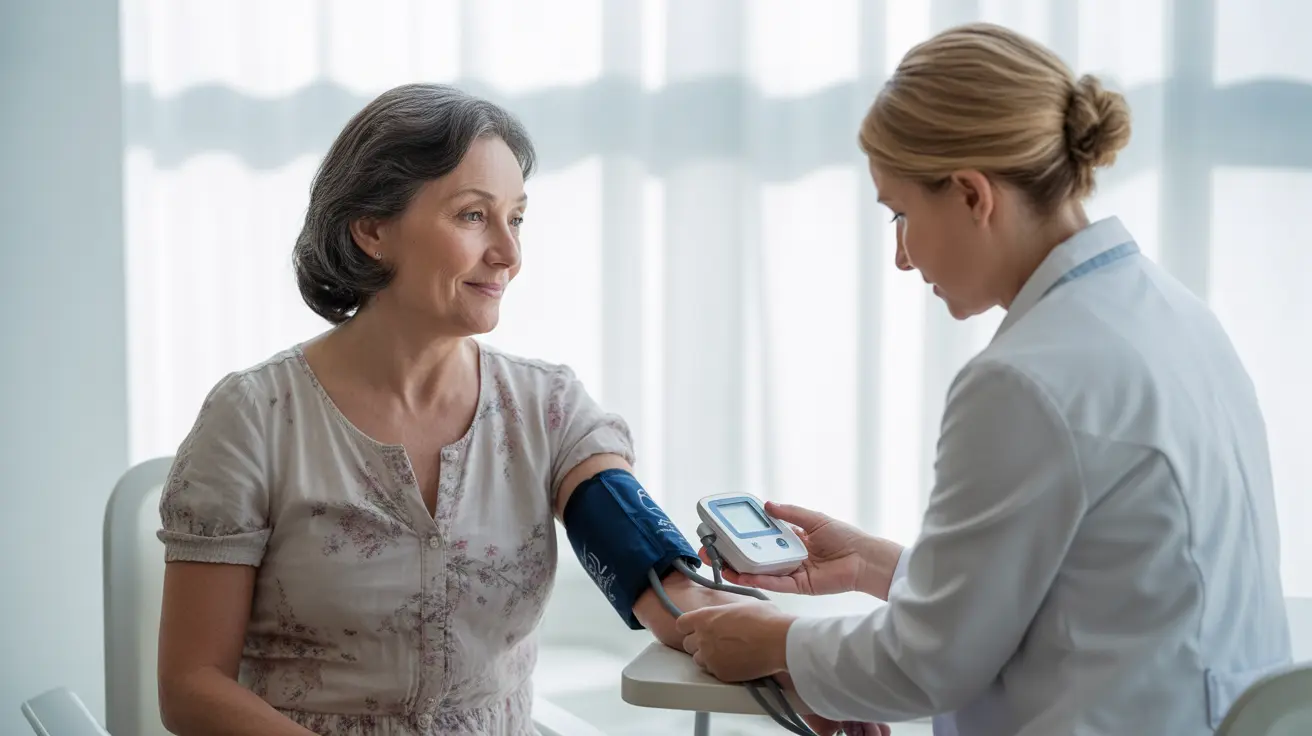Sodium hypochlorite, a common chemical found in household bleach and water purifiers, can pose serious health risks if mishandled or ingested. While it's an effective disinfectant, understanding the dangers associated with this substance is crucial for preventing accidental poisoning and knowing how to respond in case of exposure. This article will explore the risks of sodium hypochlorite, its effects on the body, and the necessary steps for treatment and prevention.
What is Sodium Hypochlorite and Where is it Found?
Sodium hypochlorite is a chemical compound widely used for its disinfectant and bleaching properties. It's the active ingredient in many household and industrial products, including:
- Household bleach
- Water purifiers
- Swimming pool chlorinators
- Industrial cleaning solutions
While diluted forms are generally safe for household use when handled properly, concentrated industrial-strength solutions pose a much higher risk of serious injury if misused or accidentally ingested.
Dangers of Sodium Hypochlorite Exposure
The caustic nature of sodium hypochlorite makes it potentially harmful to human tissue. Exposure can occur through various routes:
Ingestion
Swallowing sodium hypochlorite, even in small amounts, can cause severe damage to the digestive tract. Industrial-strength solutions are particularly dangerous and can lead to life-threatening injuries.
Inhalation
Breathing in fumes from sodium hypochlorite, especially when mixed with other chemicals like ammonia, can result in respiratory distress and lung damage.
Skin and Eye Contact
Direct contact with the skin or eyes can cause irritation, burns, and potentially long-lasting damage, particularly with concentrated solutions.
Symptoms of Sodium Hypochlorite Poisoning
The symptoms of sodium hypochlorite poisoning can vary depending on the type and duration of exposure. Common signs include:
Ingestion Symptoms
- Burning pain in the mouth, throat, and stomach
- Nausea and vomiting (sometimes bloody)
- Difficulty swallowing
- Abdominal pain
Inhalation Symptoms
- Coughing and choking
- Shortness of breath
- Chest pain
- Wheezing
Skin and Eye Exposure Symptoms
- Redness, irritation, and burning sensation
- Blistering or chemical burns
- Severe eye pain and vision problems
In severe cases, sodium hypochlorite poisoning can lead to more serious complications such as low blood pressure, irregular heartbeat, seizures, and even coma.
Immediate Response to Sodium Hypochlorite Exposure
Quick action is crucial in cases of sodium hypochlorite exposure. Here are the immediate steps to take:
- Remove the person from the source of exposure.
- For skin or eye contact, flush the affected area with copious amounts of water for at least 15 minutes.
- If the chemical was swallowed, do not induce vomiting unless specifically instructed by a medical professional.
- If fumes were inhaled, move to fresh air immediately.
- Call emergency services or the national Poison Help hotline (1-800-222-1222) for guidance.
It's important to gather information about the exposure, such as the product name, concentration, and amount involved, but do not delay seeking medical help to collect this information.
Medical Treatment for Sodium Hypochlorite Poisoning
Professional medical treatment is essential for sodium hypochlorite poisoning. The approach may include:
- Airway management and oxygen therapy
- Intravenous fluids to prevent dehydration
- Medication to manage pain and other symptoms
- Endoscopy to assess internal damage
- Skin grafts or surgery for severe chemical burns
- Continuous monitoring of vital signs and organ function
The specific treatment plan will depend on the severity and type of exposure. Prompt medical attention significantly improves the chances of recovery and minimizes long-term complications.
Preventing Sodium Hypochlorite Poisoning
Prevention is key when it comes to sodium hypochlorite poisoning. Follow these safety guidelines:
- Always read and follow product labels carefully.
- Store bleach and other cleaning products in their original containers, out of reach of children and pets.
- Never mix bleach with other household chemicals, especially ammonia.
- Use sodium hypochlorite products in well-ventilated areas.
- Wear protective gear such as gloves and eye protection when handling concentrated solutions.
- Keep the Poison Control number easily accessible in case of emergencies.
Frequently Asked Questions
What are the symptoms of sodium hypochlorite poisoning, and how does it affect the body?
Symptoms of sodium hypochlorite poisoning can include burning pain in the mouth and throat, nausea, vomiting, difficulty breathing, and skin or eye irritation. It affects the body by causing chemical burns to tissues it contacts, potentially damaging the digestive tract, respiratory system, and skin. In severe cases, it can lead to low blood pressure, heart rhythm disturbances, and even organ failure.
How is sodium hypochlorite exposure treated in a medical setting?
In a medical setting, treatment for sodium hypochlorite exposure may include decontamination (flushing affected areas with water), supportive care (IV fluids, pain management), airway management, and monitoring of vital signs. For ingestion cases, endoscopy might be performed to assess internal damage. Severe burns may require specialized wound care or surgery. The specific treatment depends on the type and severity of exposure.
What are the risks and complications of mixing bleach with other household chemicals like ammonia?
Mixing bleach (sodium hypochlorite) with ammonia or other household chemicals can create toxic gases, most notably chloramine and chlorine gas. These gases can cause severe respiratory distress, lung damage, and in extreme cases, can be fatal. Symptoms of exposure include coughing, chest pain, shortness of breath, nausea, and eye irritation. Never mix bleach with other cleaning products.
How can I prevent accidental exposure to sodium hypochlorite at home?
To prevent accidental exposure, always store bleach and other cleaning products in their original labeled containers, out of reach of children and pets. Use these products in well-ventilated areas, wear protective gear when handling, and never mix different cleaning products. Read and follow all label instructions carefully, and keep the Poison Control number readily available in case of emergencies.
Is sodium hypochlorite poisoning treatable if caught early, and what are the long-term health implications?
Sodium hypochlorite poisoning is generally treatable if medical attention is sought promptly. Early intervention can significantly improve outcomes and reduce the risk of long-term complications. However, severe exposures, particularly from ingestion of concentrated solutions, can lead to long-term health implications such as esophageal strictures, chronic respiratory issues, or persistent digestive problems. The prognosis depends on the concentration of the solution, amount of exposure, and how quickly treatment was received.




